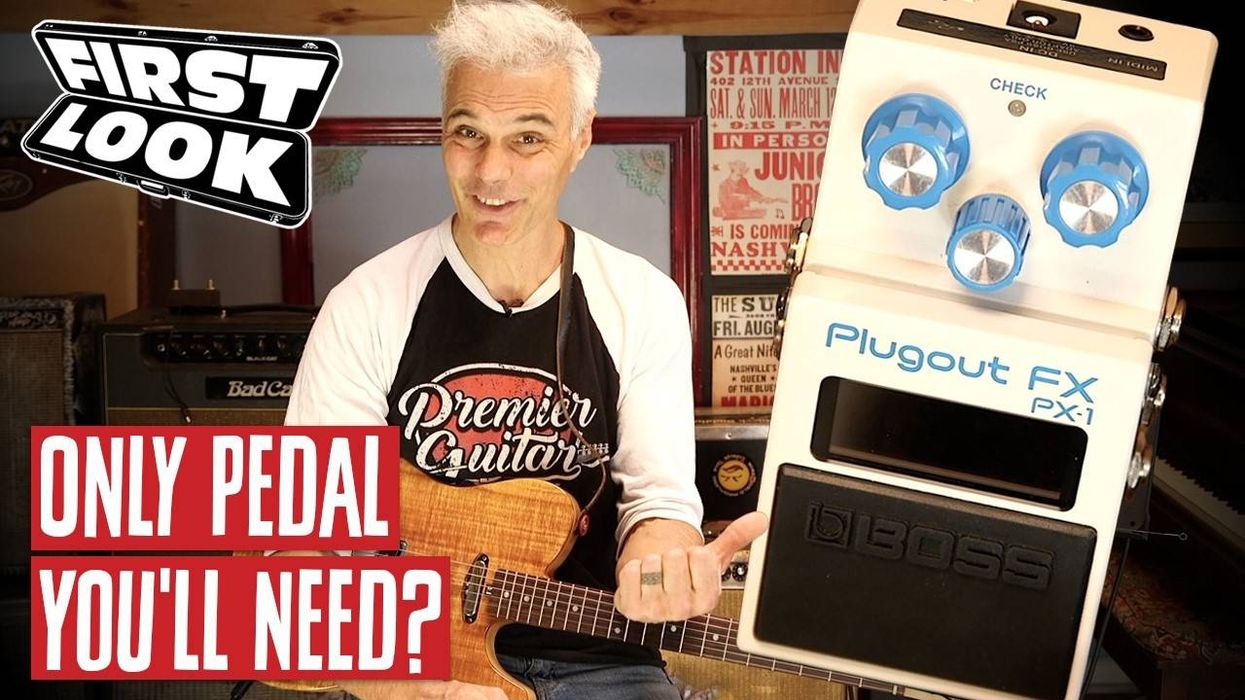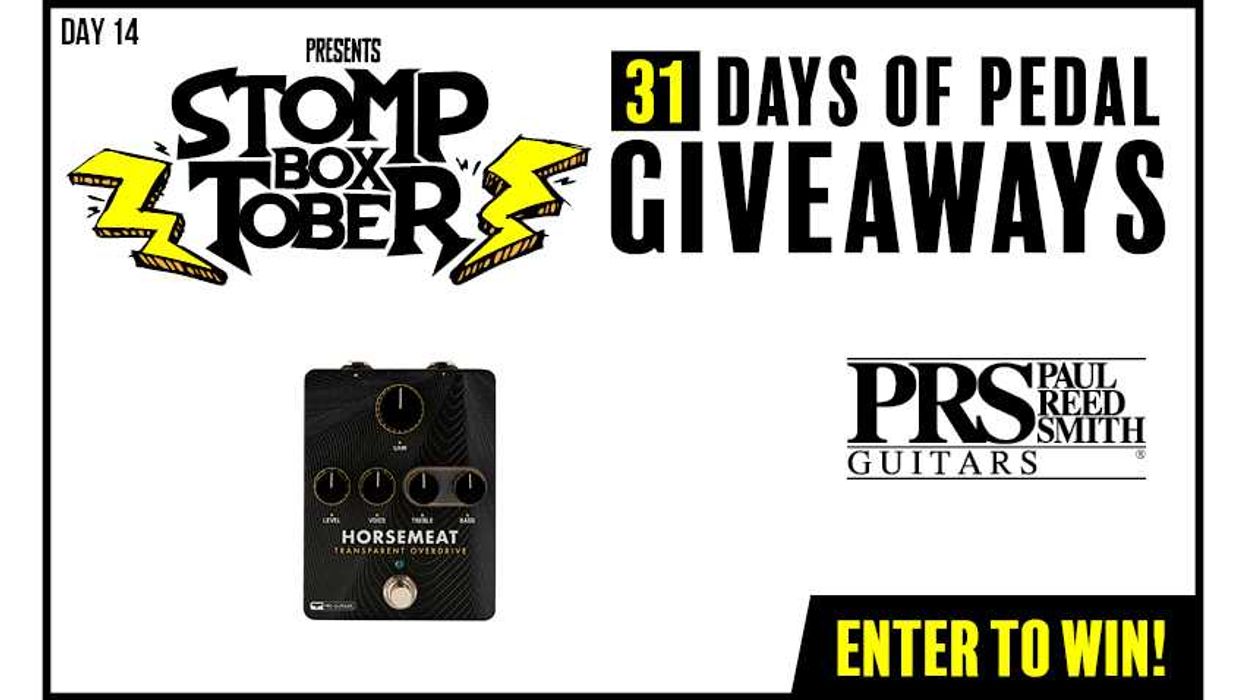It’s been more than 30 years since Adam Levy first received national attention for his guitar work with Tracy Chapman. With all the well-known vocalists he’s played with since then, it might be easy to overlook his substantial output as a bandleader and his world-class work as a jazz instrumentalist.
His new instrumental trio record, Spry, is a fine reminder. The outing includes a consummate rhythm section of bassist Larry Grenadier and drummer Joey Baron. I saw a version of the band in Brooklyn a few nights before I spoke with Levy, with Kenny Wollesen subbing for Baron. Both on record and live, Levy and his band showcase compositions that are succinct, rootsy, and spacious. With a warm tone that contains a slight bite, Levy squeezes all he can out of a few notes. This record has a lot of blues in it; the slow and mid-tempo tunes can be sultry, sly, sometimes evoking song forms that came of age in the ’30s and ’40s. No 32nd-notes, odd times, or complex changes. Rather, he draws you in with slow, patient dialogue, songs that almost seem timeworn, and yet offer a new twist. One could say that his guitar is the singer in this situation. Given that it’s a trio, there’s a lot of highly developed chord work, and much give and take between the players.
Born in 1966, Levy grew up in Los Angeles. Levy’s grandfather, George Wyle, was the music director of television variety shows (The Andy Williams Show, The Flip Wilson Show, Donny & Marie) and introduced the young Levy to the values of song, musicianship, and studio efficiency. He and his grandfather would jam together on standards.
Your Name Here (feat. Larry Grenadier & Joey Baron)
In the jazz orchestra at Thousand Oaks High School, Levy picked up Miles and Monk tunes, and at Los Angeles’ Dick Grove School of Music, he focused on lyrical accompaniment—not the soloing. He took lessons with jazz artists such as Ted Green and Jimmy Wyble. “My biggest musical takeaway from both of them,” says Levy, “was that chords are built from melodies—not the other way around. And then there was the sound. Each of them had a singular sound, the result of their technique and their conception.”
An early influence was Mike Miller, who Levy describes as “fiery yet thoughtful.” Then, seeing the Bill Frisell Quartet in Santa Monica in 1989 made a big impact. “The tunes, the way those four guys played together, Bill’s sound…. In L.A. at that time, shredding seemed to be a way of life,” says Levy. “After I heard Bill, I got into taking better care of each note.”
“My biggest musical takeaway from both of them was that chords are built from melodies—not the other way around.”
Absorbing jazz greats such as Joe Pass, Grant Green, Wes Montgomery, and Jim Hall, Levy began to perform standards around town with trios and quartets. Still, it was with singers that he found the preponderance of work. Hearing him play, it’s easy to see why. He is inherently tuneful, tasty; he knows what not to do, which makes his parts supportive, spare, empathetic. His playing is like his speech: quiet, but sure.

On Spry, Adam Levy translates the sparse approach he’s developed as a singer-songwriter accompanist to a trio context, performing with Larry Grenadier on bass and Joey Baron on drums.
These qualities continued to evolve and bring employment throughout the late ’80s and early ’90s when Levy moved to the San Francisco Bay area. He played a ton of duo gigs with local singers in bars and bistros, and continued to develop his instrumental prowess with colleagues such as violinist Jenny Scheinman, bassist Todd Sickafoose, and multi-instrumentalist Robert Burger.
Upon moving to New York in 1996, all of this groundwork eventually led to a gig with the one and only Norah Jones. He says the call came by word of mouth, just as it was with Tracy Chapman. Guitarist Charlie Hunter recommended him to Chapman, while it was drummer Kenny Wollesen who did the same with Jones.
“In L.A. at that time, shredding seemed to be a way of life. After I heard Bill [Frisell], I got into taking better care of each note.”
“When I first started playing with Norah,” says Levy, “we were doing brunch gigs for tourists. Little by little, it grew. We were an opening act for the Indigo Girls, the Dave Matthews Band, Taj Mahal. And just a few months later, we were headlining. It kept getting bigger. Even though I was a bit older than everyone else in the band, I wasn’t more experienced as a touring player. It was new for me, and for all of us. It was thrilling to be part of something that touched so many people. I left Norah’s band at the end of her 2007 European tour for her third album, Not Too Late. I was still enjoying playing music with her, but I needed to get off the road because my wife was ill.”
Levy had already had almost two decades working with singers before working with Jones, but there were still lessons he took from the experience. “Before Norah blew up,” says Levy, “we were playing a gig at a small club, with Norah on a Wurlitzer, Lee Alexander on upright bass, and me on my 1979 ES-335 going through a Princeton. After the gig, she suggested that I turn down. This was kind of surprising, given that I was playing through a small amp at 3 1/2 on the other side of the stage from her.
Adam Levy's Gear
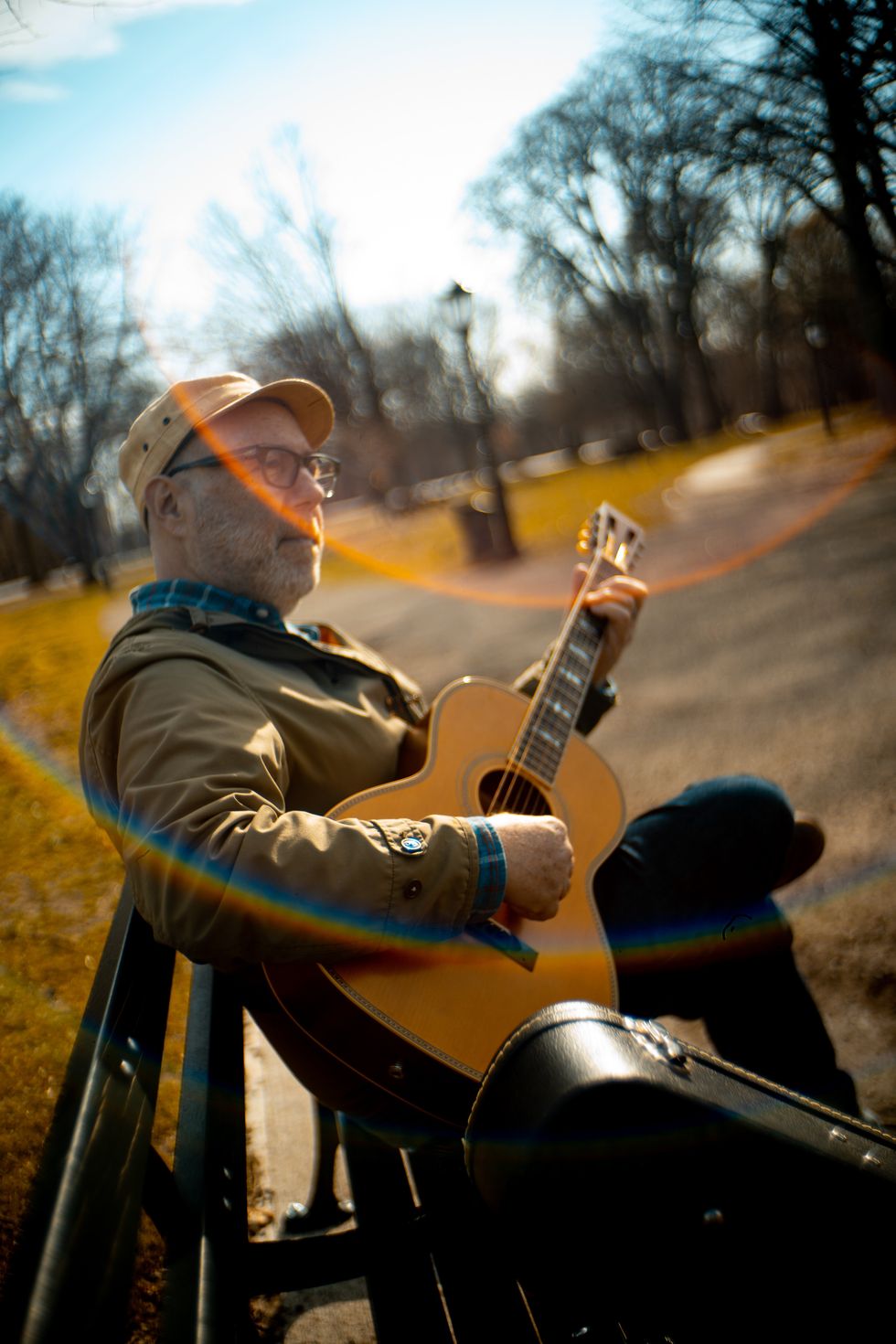
As a student at Los Angeles’ Dick Grove School of Music, Levy absorbed the lesson that “chords are built from melodies, not the other way around.”
Photo by Christoph Bombart
Guitars
- 1964 Gibson ES-335
- 2022 Collings DS2H SB with K&K Pure Mini pickup
Amps & Mics
- Fender Blues Junior with Gefell M71 and Royer R-122 mics
- Telefunken M60 (stereo pair); acoustic
Effects
- Benson Amps Germanium Boost
- JAM Pedals Delay Llama
- JAM Pedals Harmonious Monk
- JHS Overdrive Preamp
- Electro-Harmonix Deluxe Memory Man
- Rupert Neve Designs RNDI-S; acoustic
Strings & Picks
- John Pearse 2600 Nickel Wound ( .011–.050; electric)
- John Pearse 250LM 80/20 Bronze (.012–.056; acoustic)
- BlueChip TAD50-3R
“I digested what she said, and I concluded that the real issue was that I was stepping on her. I was still playing in my head, not as part of the composite,” he continues. “Just the keyboard, voice, and bass in this trio setup covered a lot of ground regarding melody, harmony, pulse, and rhythm. What I realized is the guitar could float, be a foil. It didn’t have to duplicate what those other instruments were doing. In small ways I was adding more than the situation needed, so I began to play with more space.”
Levy continues, “The tricky part is you don’t want to go too far in the other direction. If you play too little, the singer says ‘Hey, support me! Where are you?’ So I learned to be strong and supportive.”
“It was thrilling to be part of something that touched so many people.”
A valuable lesson, that. In fact, even today, the quality I most associate with Levy is space. He plays as few notes as possible in any given situation—it’s a minimalist approach. Levy prizes simple forms, dialogue, melody, and concision. In the midst of it all, he twists, bends, and shakes notes, runs double stops up and down the neck, and employs gorgeous voice leading with sophisticated chord work. Minimal doesn’t mean simplistic.
“When I came to New York around 1996, I heard players like Ben Monder, Adam Rogers, Kurt Rosenwinkel, and Mike Stern who had monster chops,” Levy shares. “I realized that, much as I might want to be, I wasn’t that guy. I had to find my own lane. But it started before that. Growing up in L.A., all the guys my age were going to Musicians Institute, studying with Scott Henderson, Frank Gambale. It was the ‘school of shred.’ Van Halen and Allan Holdsworth were everywhere. People were playing with more notes and speed than ever before. When I was a teenager, I figured the career path was to try to get Chick Corea to hire you. But I gradually saw I would never be that person, and meanwhile I was working all the time doing my thing. So I went the opposite direction.”
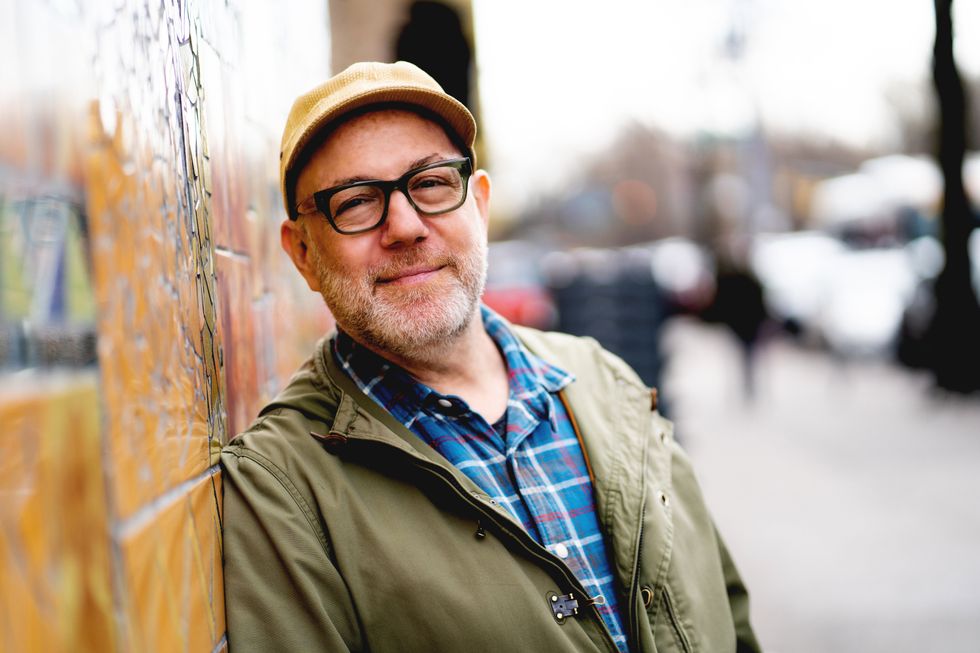
While touring with Norah Jones, Levy wasn’t necessarily ahead of the curve just because he was older than his bandmates, and still learned how to better act as an accompanist from the experience.
Photo by Christoph Bombart
Levy’s guitar sound is integral to his world view. “For some folks,” he says, “a huge pedalboard is the way to go. But I get option anxiety. When my stepdad was a kid, he would never get electric windows on his cars, back when that was an option. He figured it was more stuff that would break. I have a minimalist pedalboard, and a simple guitar.”
For Levy the classic ES-335 gives him everything he needs. His go-to for years has been a 1964 strung with John Pearse strings. His amps for Spry were a Benson Nathan Junior with a 12″ cab and speaker as opposed to the usual 10″, and a mid-’60s Fender Vibro Champ—small, compact, no frills. Levy also uses a Collings I-30, a hollowbody with pickups that are modeled after Gibson P-90s. For acoustic, his choice is a 2022 Collings dreadnought, the DS2H SB. “Anything beyond what I have takes my attention away from the singer. To most people, the tap tempo on a delay is not important. What I tell people is, ‘Pay attention, streamline, and play to your strengths.’”
“I digested what she said, and I concluded that the real issue was that I was stepping on her. I was still playing in my head, not as part of the composite.”
Relatively late in life, this instrumentalist started feeling as if he wanted to sing songs of his own. Several of his recordings since then feature him as a rough-edged but sweet vocalist. He wishes he’d begun writing and singing songs earlier.
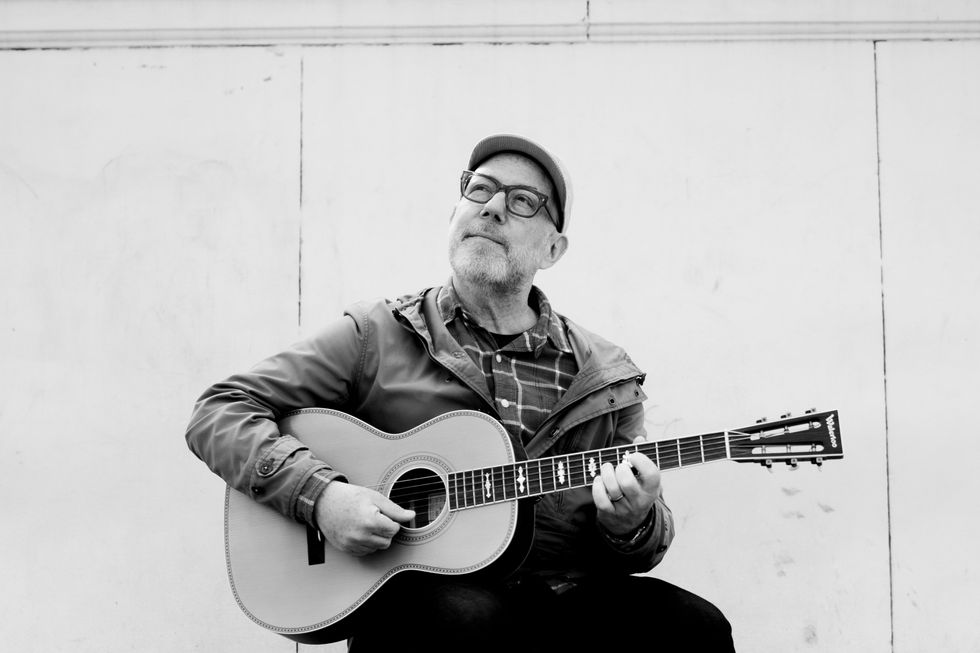
The first time Levy performed as a singer-songwriter, at the Living Room in New York City, he ended up playing two sets in a row of the same 10 original songs.
Photo by Christoph Bombart
“I started writing songs while I was part of Norah’s band, just to see if I could do it,” says Levy. “She was supportive, and even recorded two of my songs—‘In the Morning’ and ‘Moon Song.’ Once I had written 10 songs, I decided to book a show to sing them. I’d been a sideman for singer-songwriters for a long time. I figured it was time to step up to the mic and see what it felt like. I booked a 9 p.m. set at the Living Room—one of the small clubs in New York City where Norah got her start. I nervously sang my way through my 10 songs. When I was done and walked offstage, the soundman told me that the 10 p.m. band canceled, and asked if I wanted to do another set. I told him I didn’t have any more songs. He said, ‘No problem. Sing them again.’
“When I woke up the next morning, I could feel that the bug had bitten me,” he continues. “I wanted to keep writing, performing, and recording songs with words—something I never thought I’d do!” He’s spent much of the past 20 years being an in-demand writer and session guitarist, sharing studios and credits with the likes of Allen Toussaint, Meshell Ndegeocello, Vulfpeck, Rufus Wainwright, Gaby Moreno, and numerous others.
“What I realized is the guitar could float, be a foil. It didn’t have to duplicate what those other instruments were doing.”
As Levy looks back on his career, he’s amazed at how many great people he’s been associated with. Along with those already mentioned, he’s toured with singers Lizz Wright, Amy Helm, Roseanne Cash, and Amos Lee. He played in Joey Baron’s band in the early 2000s with fellow guitarist Steve Cardenas and Tony Scherr on bass. Levy makes frequent appearances at guitar camps around the country, especially on acoustic. He’s released five records on his own Lost Wax label, and for several years he was chair of guitar performance at the Los Angeles College of Music.
And what of the future?
“I’d like to put myself into different sorts of ensembles. On my vocal and instrumental records so far, I’ve mostly leaned on rhythm sections, almost always with a drummer, bass, and/or Hammond organ … sometimes another guitar,” he reflects. “I’m thinking that different types of instrumentation and orchestration could lead to something new. I’d love to make a solo guitar record, and then play some solo concerts. Just before the pandemic, that was my plan.
“Of course, that would’ve been the perfect time to record it. And I did, sort of. I didn’t make a solo album, but I recorded a number of etudes at home and released them on my Bandcamp page. As the lockdown rolled on, I got so hungry to play with other people that I abandoned the solo thing as soon as I could. Now that things are pretty much back to normal, I’d like to revisit the idea of a solo record and tour.
“In all of this, I think the ‘big idea’ is to see what I’m made of as an artist. I do have a style and a temperament. But I don’t want to just keep repeating myself, you know?”
YouTube It
Adam Levy exhibits his smooth, gently complementary style in a performance with Rich Hinman at Nelson’s Drum Shop in Nashville.
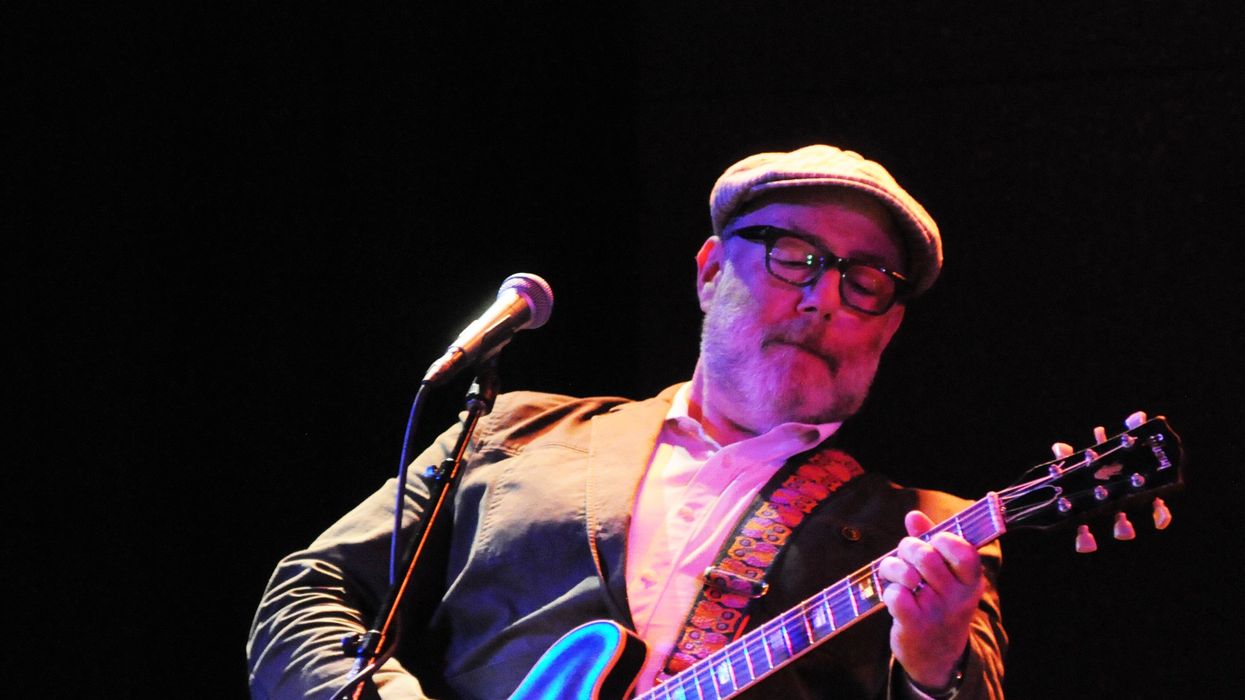






 Luis Munoz makes the catch.
Luis Munoz makes the catch.



